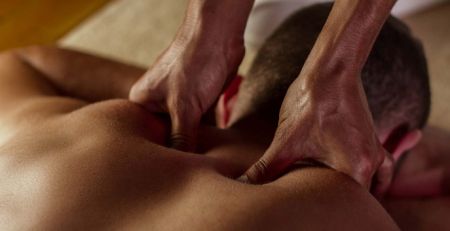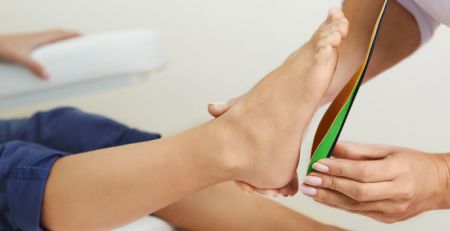Reflexology
Reflexology
Reflexology is a focused pressure technique, usually directed at the feet or hands. It is based on the premise that there are zones and reflexes on different parts of the body which corresponds to and are related to all parts, glands and organs of the entire body. For information on the HISTORY of Reflexology, visit the Ontario College of Reflexology.
How Does It Work?
When the reflexes are stimulated, the body’s natural electrical energy works along the nervous system to clear any blockages in the corresponding zones. A reflexology session seems to break up deposits (felt as a sandy or gritty area under the skin) which may interfere with this natural flow of the body’s energy.
Manipulating specific reflexes removes stress, activating a parasympathetic response in the body to enable the disharmonies to be released by a physiological change in the body. With stress removed and circulation improved, the body is allowed to return to a state of homeostasis.
Homeostasis is the “automatic” process that the body incorporates to bring it back to the “normal” state. For example, if the blood pressure is abnormal, the kidneys will secrete the enzyme renin which is involved with blood pressure, and the hormone, erythropoietin that increases the rate of red blood cell production.
A Reflexology Session
Reflexology sessions are for people of all ages, from the newborn to the elderly, for a general tune-up or for an unhealthy body.
The vast majority of people usually realize the benefits of reducing stress which in turn minimizes physical symptoms. Reflexology in conjunction with other forms of therapies compliments ongoing medical treatments.
Using a firm pressure, the reflexes are worked according to the client’s requirements. Stress removal is the first priority followed by enhancing circulation. The pressure exerted from the Reflexologist usually ranges from 0 – 10 or 20 pounds. Reflexology is not meant to inflict pain and common sense dictates when less pressure is required.
What Are The Benefits?
Reflexology demonstrates four (4) main benefits:
- Relaxation with the removal of stress.
- Enhanced circulation.
- Assists the body to normalize metabolism naturally.
- Complements all other healing modalities.
Reflexologists Do Not:
- Diagnose medical conditions unless qualified to do so.
- Prescribe medications unless qualified to do so.
- Treat for specific conditions except in emergencies.
- Work in opposition to the medical or other fields.
- Encourage the client to cease taking their prescribed medication.




